People avoid driving too close to trucks or tractor trailers for a reason. Did you know that every 15 minutes, a person is killed or seriously injured in an accident caused by these big rigs? The Time Magazine consistently lists truck driver among the “10 Most Dangerous Jobs”, however not many drivers know the necessary truck driving tips to drive safely.
According to the National Highway and Traffic Safety Administration, around 500,000 trucking accidents occur in the United States annually, of which some 5,000 are fatal. Driving such big, long and heavy 18-wheelers can be extreme maneuver, and truck drivers have to spend years, even a lifetime behind the wheel to master vital techniques.

Equip yourself with these super useful truck driving tips from seasoned professional truckers that few drivers know, including crucial technical skills such as driving on hilly roads plus eye-opening tips that can save lives.
Contents
How to load cargo
The heavier the cargo, the more important it is to distribute the weight of the load wisely. If affects your ability to control the big vehicle more than you would think.
The higher you stack the cargo, the more drag on the truck. Instead, you should stack low by spreading cargo over the whole space of the truck’s container. This even weight distribution will help better maintain the truck’s stability and thereby also improve your fuel economy.
How to adjust speed for bad weather
This might not sound like a big deal, but many truck drivers have paid dearly for ignoring weather report. Bad weather causes around 1/4 of truck accidents.
Speeding rule
A rule of thumb in truck driving tips is cut your speed by 1/3 in the rain and by 1/2 in the snow or on icy roads.
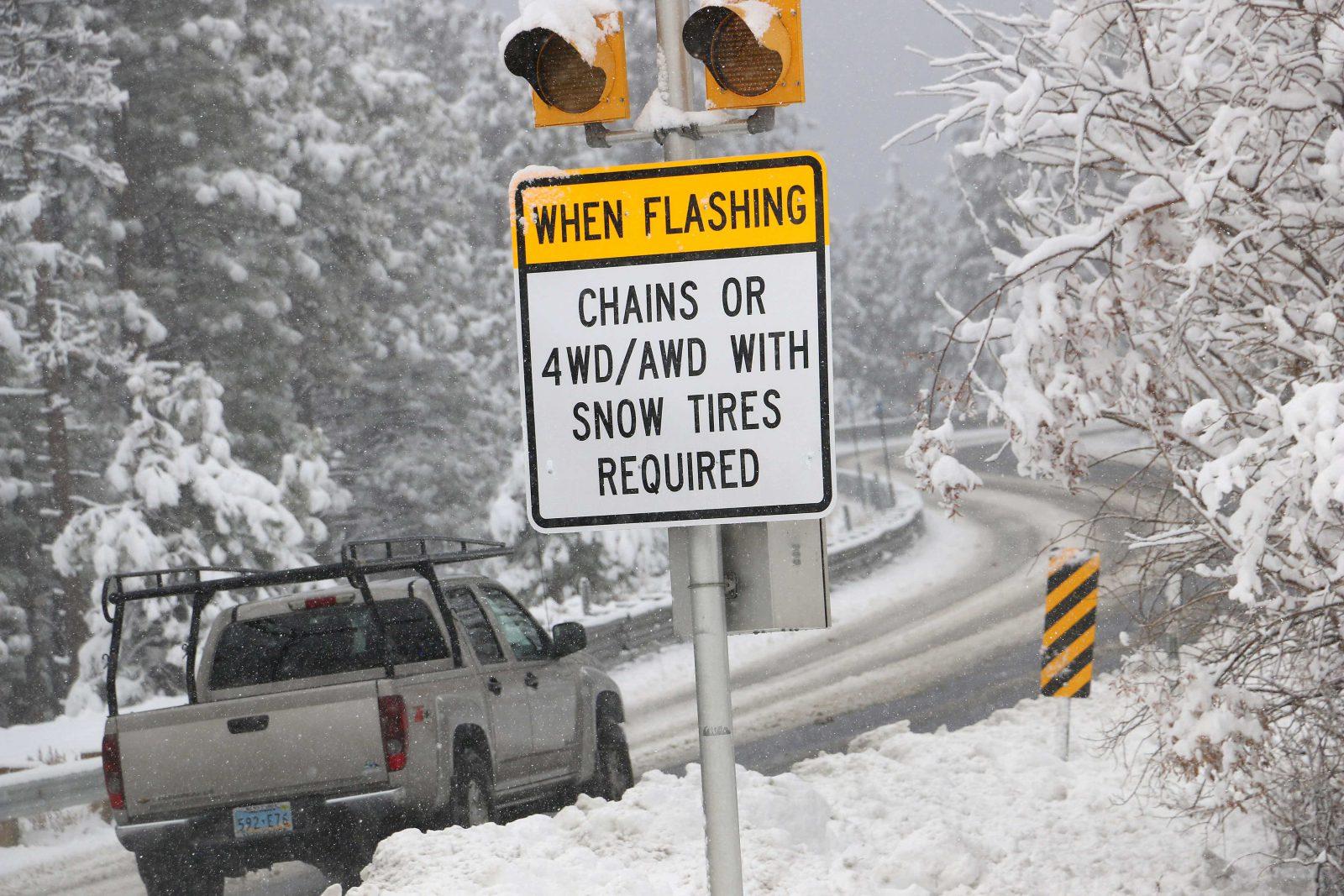
When you drive, especially on long drives in a big, heavy, hulking gorilla that is hard to control, it’s far better to be overly cautious and well prepared rather than underestimate possible hazards. If the weather gets worse and you see many truckers pulling over, maybe it’s time to stop driving.
Other tips
Allow more time to reach your destination in bad weather. Take extra caution when turning and signal well ahead of time. Before slowing down, let your blinker blinks for a good five times.
Since an 18-wheeler occupies a lot of space on the road when turning, let the vehicles behind you slow down in time and keep a good distance.
Inspect delivery spots on foot
Backing up is extra challenging for big rigs due to its blind spots. An 18-wheelers can easily get trapped by obstacles like fire hydrants or unable to turn around due to limited space.
A handy truck driving tips shared by experienced truck drivers when delivering to a new customer is to inspect the place thoroughly on foot, after you have safely parked the truck. Take note of the obstacles and in your head, visualize the optimal way to drive out.
Don’t swerve to avoid that animal
As mentioned above, abrupt steering and heavy braking are not recommended for trucks with a body of some 80,000 pounds as this will wear down the brakes and more importantly it’s almost impossible to correct a skid.
If an animal runs in front of your truck, which happens quite often, do not brake heavily or swerve around the road to avoid it. Sadly, the best you can do is to slow down, use the horn while keeping the truck unit straight at all times.

This truck driving tips might sound cruel, but it’s an actual policy of the Traffic Safety Department to avoid the loss of lives.
Ways to avoid a skid
Due to a truck’s weight and size, it’s almost impossible to correct the vehicle once skidding occurs. Thus knowing how to avoid a skid is a life saver among essential truck driving tips.
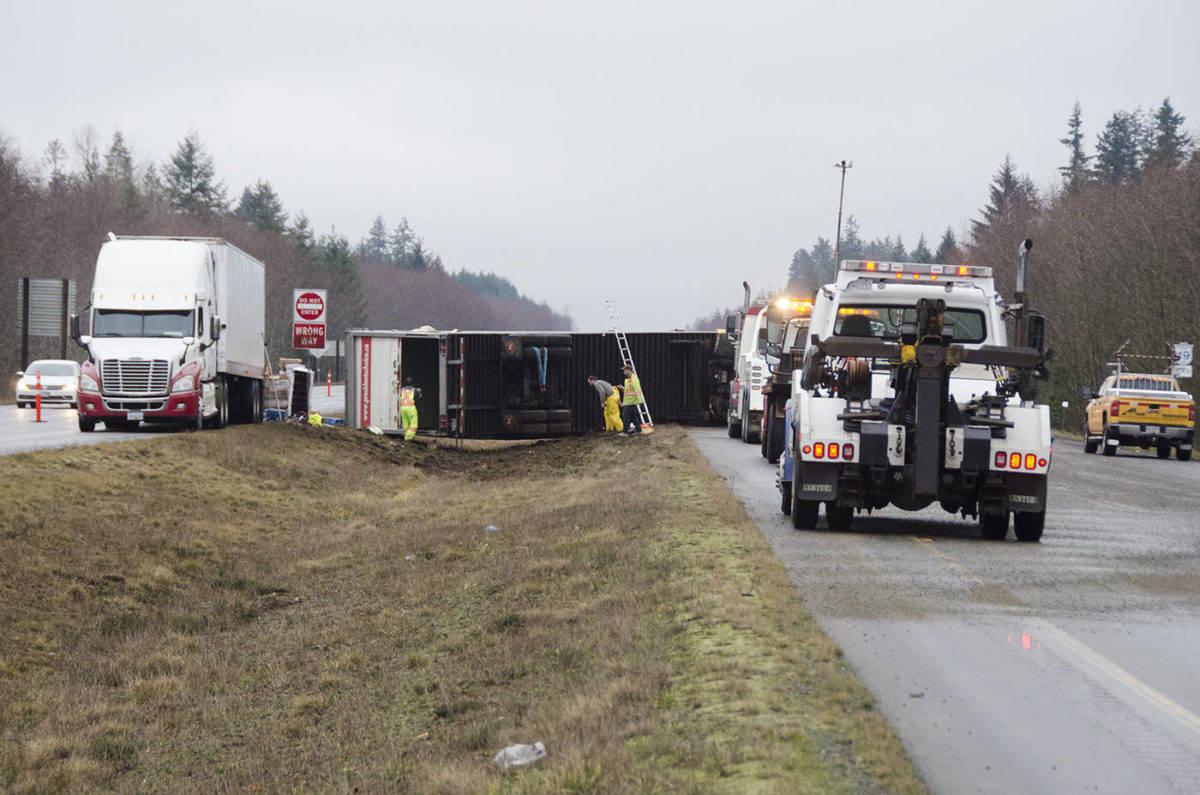
To avoid skidding, always try to keep the truck unit when braking if possible. Try to straighten out the truck unit on a straight stretch of road whenever possible. Never attempt straightening out on a curvy roads.
Braking techniques
To avoid a skid, practice the good habit of “feathering” the brake pedal whenever you want to slow the truck. Feathering, like the word suggests, is braking lightly and repeatedly instead of one heavy brake. This technique is extra important when driving on hilly roads and in the mountains.
If your truck has anti-lock braking system (ABS), this will also help maintain the truck’s stability and minimize skidding. However it might not work well all the time, and it’s always better to have both the truck’s safety systems and your driving skills to rely on.
Why do you need to practice feathering the brakes? Brakes heat up very quickly due to friction, especially if you often press on the brake pedal heavily and abruptly, thereby temporarily impairing its function. This can result in full loss of function at some point in time if the driver has the habit of braking heavily.
In contrast, the feathering technique allows air to get in between the brakes and the drum, thus cooling the brakes down to some extent.
Mountain rides are long, curvy with constant ups and downs, and emergency pull offs are far between. You would not want your brake to malfunction in this kind of driving conditions. Feathering the brakes mimics the ABS in case your truck does not have this function.
LEARN ABOUT ABS & OTHER SAFETY SYSTEMS
Driving in the mountains
While driving on hilly roads, drive to the right so that one set of wheels run on the shoulder of the road to get extra traction from the gravel. If you need to straighten the truck unit, do so by taking advantage of the gravel on the shoulder.
If weather conditions require, there will be signs posted at the bottom of the hill to tell truck drivers to chain up wheels. If you dare ignore the chain signs, you might find your vehicle descending not too far up before sliding backwards down the slope.
When driving in the mountains, due to significant changes in altitude, weather conditions can change greatly from one spot to another. Be prepared and react accordingly.
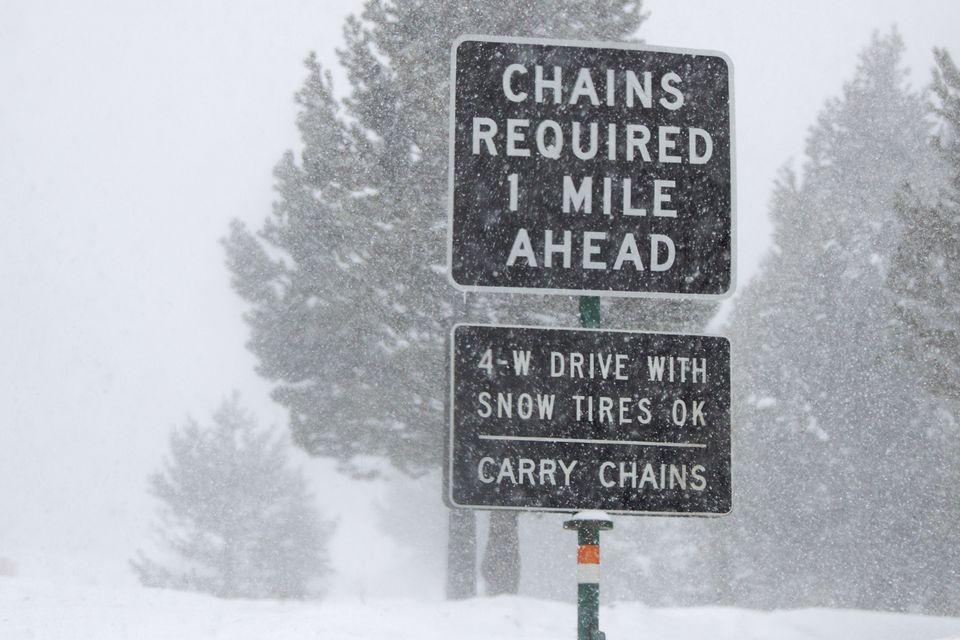
READ MORE
Use a trucker’s GPS
You can find GPS tailored specifically for truckers, which are well worth its cost. This helpful tool can be a great assistant in unknown areas, showing drivers vital information including traffic reports, safest exit, distance to the next exit and best route for big vehicles.
Although this is handy, do not rely only on systems and tools. To be a professional truck driver, practice and master these truck driving tips below and make them your daily habit.
Avoid changing lanes
For bulky vehicles with huge blind spots, it’s best to stick to one lane and avoid changing lanes. If you must do so, slow down, signal well ahead, be aware of your blind spots and check your mirror constantly.
One great truck driving tips from seasoned drivers is to always avoid the first lane from the right when on highways to avoid merging vehicles.
Leave Ample Space Cushion
Every regular drive should know that they should maintain a safe distance with other vehicles in front, behind and on the sides. Trucks require extra space cushion or ‘buffer zone’, especially when driving down or up hills, as it is more difficult to control and correct a big rig in case of unexpected hazards.
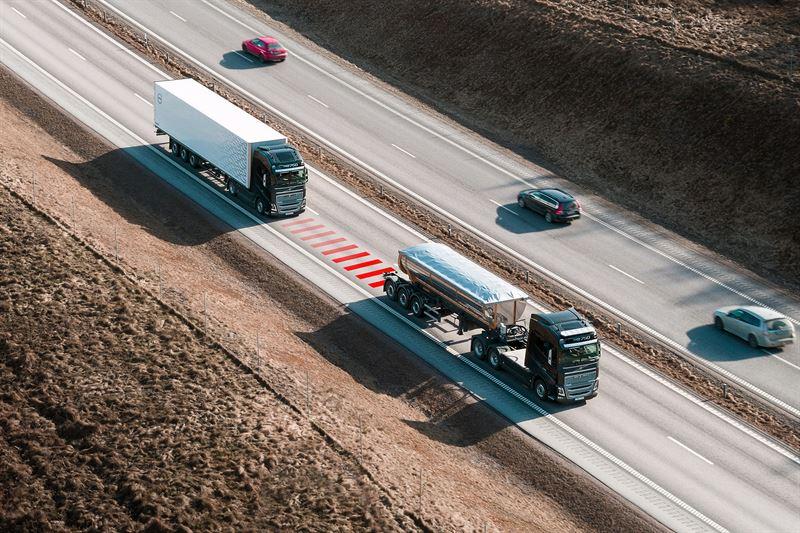
Leaving ample space around your truck, especially in front, will allow you to have more time to slow down if anything goes wrong ahead of you and react accordingly. Even if you’ve got 30 years of experience under your belt, never in any case ignore these first two truck driving tips.
READ MORE
- Why Do Some Truck Drivers Turn On Their Headlights In Daytime?
- Why Do Truck Drivers Rarely Use Their High Beams At Night?
Proper pre-trip inspection
And last but not least, one of the truck driving tips that many truck drivers, both new and experienced, ignore from time to time.
Delivery trucks usually have to travel far, therefore it’s extra important to thoroughly check your truck before the trip to make sure everything functions and you have all the tools you need for quick fixes of common problems.
Be aware of the cops
Apart from safety, a proper pre-trip checkup will save you trouble with the Commercial-Vehicle enforcement officers.
Due to their commercial nature and the dangers entailed, big rigs or tractor trailers are subject to the inspection of DOT cops, referred to by drivers as “diesel bears”. You cannot refuse an inspection if you don’t want to lose your job.
Check out our comprehensive library of DIY maintenance tips so you know what to look out for.
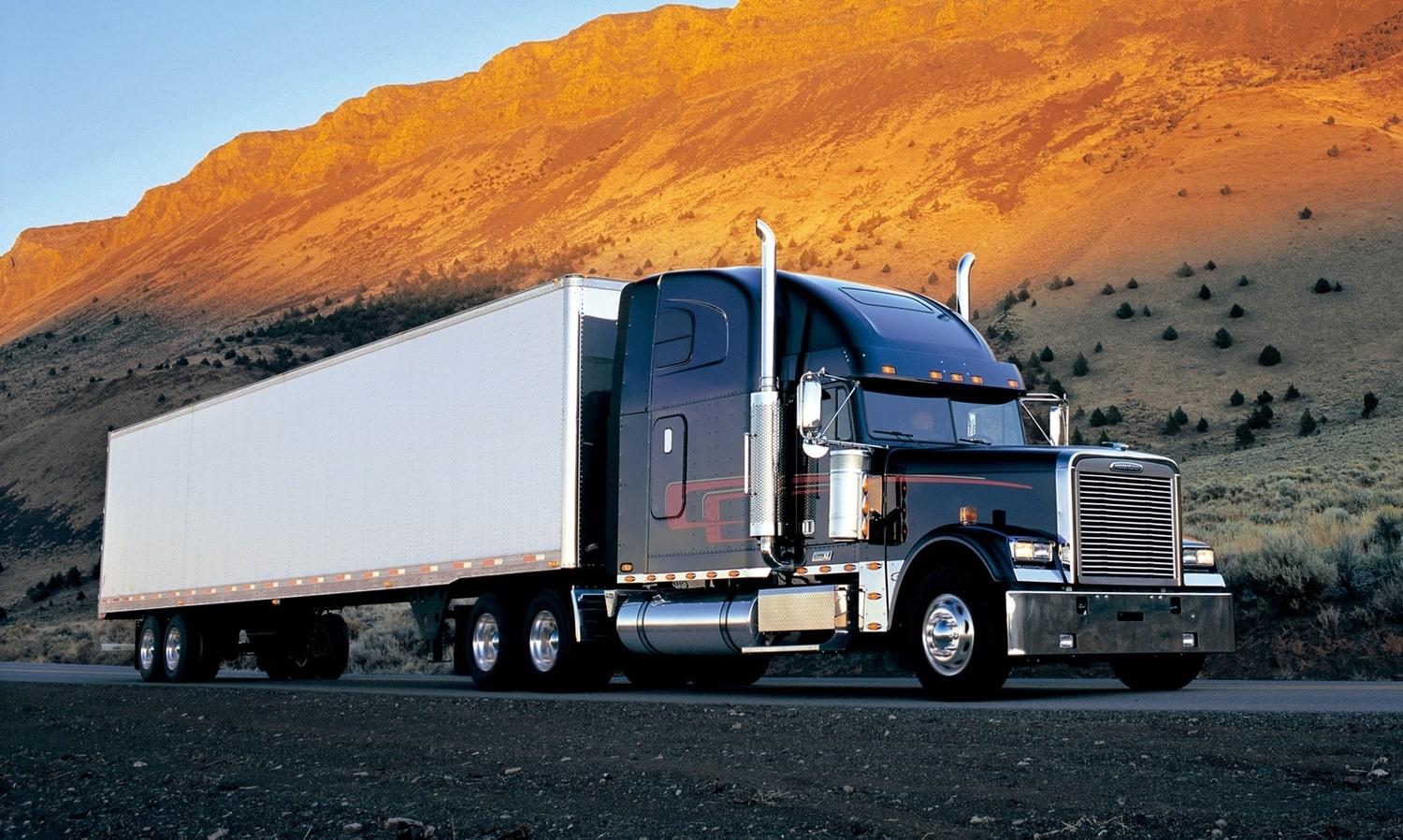
READ MORE
- Engine Tuner – Is It Worth It For Your Truck?
- Why Truck’s Back Wheels Are Concave And Front Wheels Are Convex
Being a professional truck driver is a stressful job that requires good driving habits and consistently skilled hands behind the wheels. The Time Magazine lists truck driving among the most dangerous jobs for a clear reason: just look at the statistics of 500,000 yearly crashes involving a tractor trailer in the US alone.
Whether you are new to the trucking industry or have been driving for a while, this list of truck driving tips include the most crucial skills and rules from seasoned truckers that not many drivers know and are often underestimated by many others. Master these truck driving tips and skills to drive safely for others and your own good.


